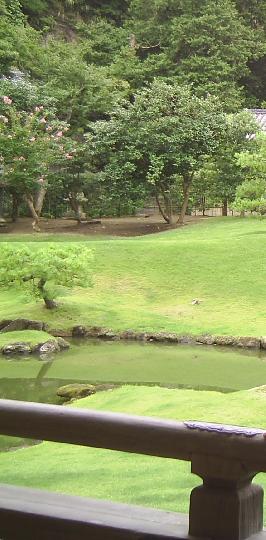Kamakura – capital of the shoguns and paradise of temples(I)
I meant to write this post about Kamakura for some time now, but it seems that you do not always have the time to do whatever you want. Kamakura is just so amazing because of the exquisite combination of temples both Buddhist and Shinto
1st stop: There are five main Zen Buddhist temples in Kamakura and the one we picked to visit was Engaku-ji. Built in 1282, the temple has many of the traditional elements of the Buddhist temple, including the Sanmon main gate, but, especially, the garden.
For me, the perception that nature can be recreated at an infinitely small scale in your backyard has never ceased to amaze me and the example of the garden at Engaku-ji is great in that sense: a lake, small stone bridges, several islands in the pond. Even more so, the Japanese temple gardens (even if this is not the classical expression of Zen Buddhism, the dry landscape) seem to give out a peaceful sensation.


